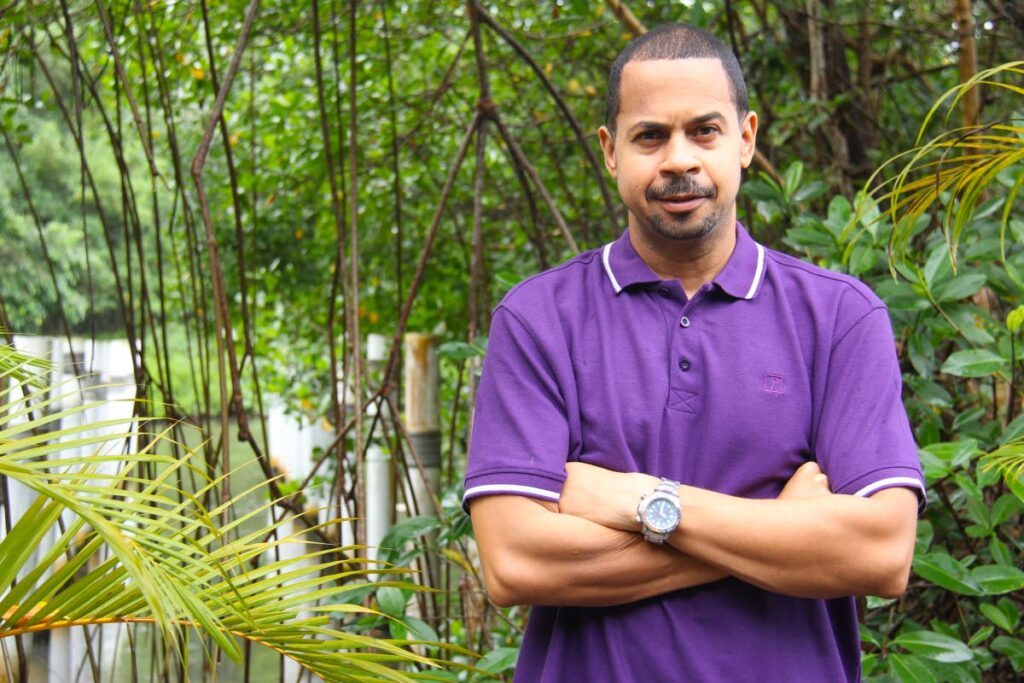Starving artists and the digital age

Paolo Kernahan
THERE’S THIS romantic notion of the starving artist – that true art takes shape in the kiln of pain, sorrow and unremitting inner turmoil. American film director and visual artist David Lynch ladles scorn onto this ethos: “Somehow the French got this idea of the starving artist. Very romantic; except for the starving artist.” Lynch points out that if you’re starving or burdened with worry, it’s impossible to create artistic work of any value.
This column isn’t about art per se, but how the online world is revolutionising the economy of artistry. Social media platforms created a digital ecosystem enabling folks with artistic sensibilities to earn income from painting, writing, music, films and other forms of expression.
In the days of yore, creatives relied on duplicitous third parties or mercenary representation to generate revenue for their talents. The middleman hierarchies of the creatorscape locked many out of a system propelled by commoditisation. If your principal talent is creating the art, not moving it, then you will always be at the mercy of those who affix value to your work and find the market for it.
One of the reasons the ban on TikTok in the US triggered volcanic objections is because the platform creates a space for those who don’t fit into conventional income-earning structures; the artistically inclined constitute a considerable number in that cohort. Social media clears a path directly to audiences who decide for themselves what artistic expression is valuable enough to spend money on.
This has dramatically transformed business models in the artistry world; the music industry is a perfect example. When I was young, music was a huge part of my life. There was, it seemed, only a finite amount of music I was exposed to – a limit to how much I could consume.
As I got older it dawned on me that I only heard a fraction of the music produced at that time; many talented songwriters and musicians either couldn’t endure in a fiercely competitive industry or couldn’t prevail in a system built exclusively as a rapacious marketing mechanism.
On platforms like TikTok, Instagram and YouTube, immensely talented musicians post content regularly, attracting massive audiences. DJs mix their own songs and market their singles on the platforms where they’ve built loyal followings. This arrangement is preferable to artists who consider Spotify a parasitic streaming platform begrudgingly paying royalties too far behind the decimal point.
Young people are setting up cameras in their homes and recording performances on guitars, violins, pianos and drum kits – I’ve even seen a video of someone “playing” a theremin. The true power of the digital age springs from the agency it puts in the hands of the oftentimes disenfranchised.
Social media also paves the way to monetisation in different ways; there are brand sponsorships, collaborations with other established artists, music licensing, creator programmes, live performances, etc.
As with all ecosystems, the diversity of inhabitants online is vast. Many visual artists are getting in front of audiences previously closed to them because they couldn’t get their work shown in galleries or attract conventional media coverage for their output. There are countless sub-genres of creative expression across the digiverse – one such category is BookTok (within TikTok) where authors speak about their craft, their favourite authors, publishing and their new work.
There’s an American author I follow with almost religious fervour on TikTok named Jason Pargin. He creates meticulously researched and edited videos combing through obscure historical facts and unique observations on pop culture. Pargin’s inimical style is precisely the sort of writing I enjoy reading.
What’s interesting about this author is he was a creature of corporate culture for most of his working life. It was only through the advent of platforms like TikTok that he was able to fully exercise his creative impulses.
Curiously, many acutely introverted individuals are connecting with audiences on camera. It’s difficult to weigh the tremendous significance of that unless you’re shy and reserved yourself. While social media platforms have opened up a world of opportunities for creative types, it’s not without drawbacks.
For one thing, many artists consider marketing distasteful or antithetical to the artistic process. Some complain they spend more time on content creation than they do on their craft. It’s tricky but striking a balance between creating content and creating art is entirely doable; it just takes know-how.
No system is perfect but creative folks have more powerful means than ever at their disposal to live by their art. That’s certainly a step up from starving for it.

Comments
"Starving artists and the digital age"